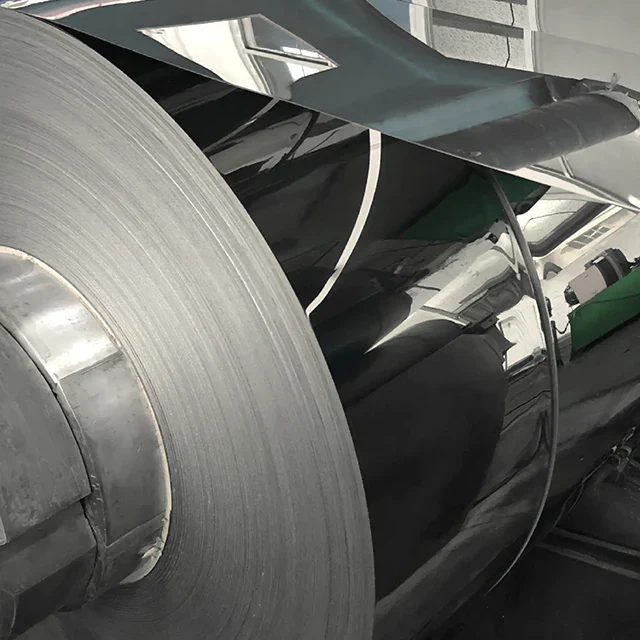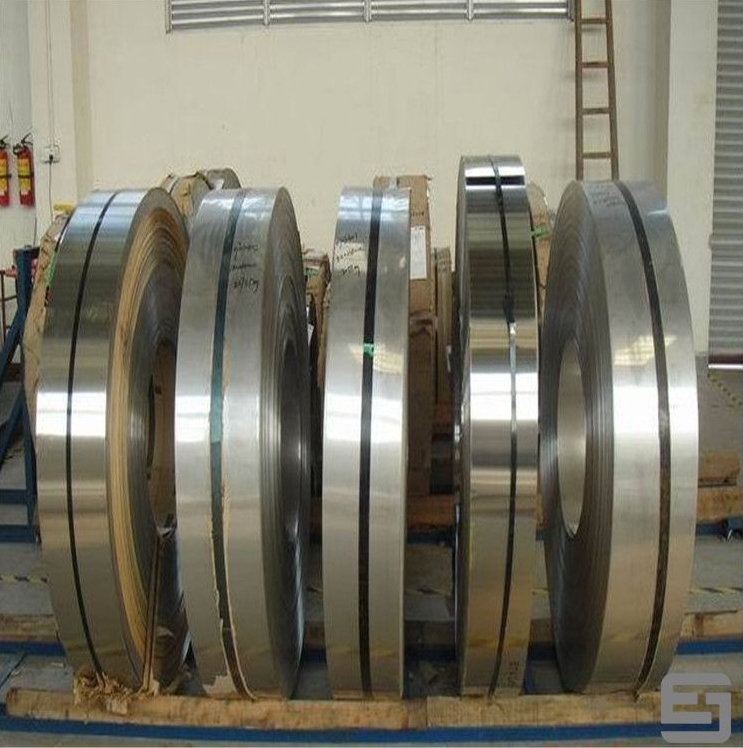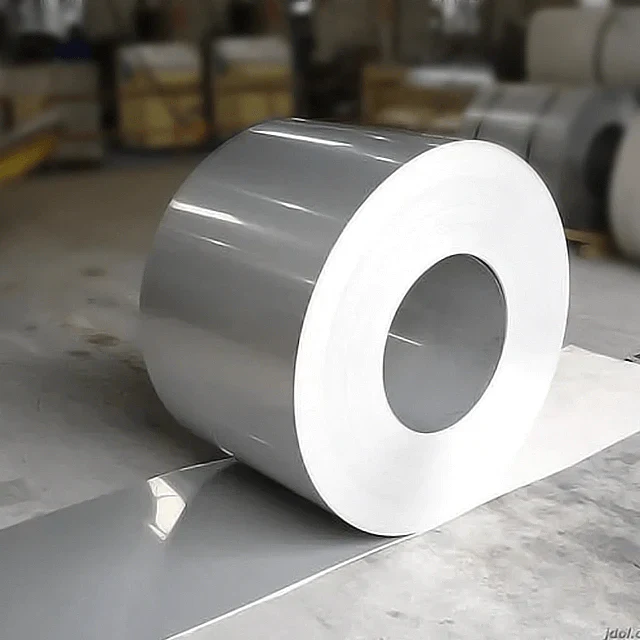Advantages and Introduction of Inconel 601
- American Standards
- For Bars and Wires: ASTM B166/ASME SB166
- For Sheets, Strips and Plates: ASTM B168/ASME SB168, ASTM B906
- For Seamless Tubes: ASTM B167/ASME SB167, ASTM B829/ASME SB829
- For Welded Tubes: ASTM B751/ASME SB751, ASTM B775/ASME SB775
- For Forgings: ASTM B564/ASME SB564, AMS 5665, AMS 5870
- European Standards
- DIN Standards: DIN 17750, DIN 17751, DIN 17752, DIN 17753, DIN 17754
- EN Standards: EN 10095
- International Standard: ISO 6207, ISO 6208, ISO 7725, ISO 9723, ISO 9724, ISO 9725
- Japanese Standard: JIS G4902, NCF 601
1. Introduction
Inconel 601 (UNS N06601) is a nickel-chromium-iron alloy renowned for its exceptional resistance to high-temperature oxidation, corrosion, and mechanical stability under extreme conditions. Developed by Special Metals Corporation (now part of Precision Castparts Corp.), this alloy is widely used in industries requiring materials that withstand aggressive environments, such as aerospace, chemical processing, and thermal processing. This report provides a detailed analysis of Inconel 601, covering its composition, properties, applications, and comparative advantages.
2. Chemical Composition
Inconel 601’s performance stems from its optimized elemental composition:
Element | Percentage (wt%) | Role |
Nickel (Ni) | 58–63% | Base element; provides corrosion resistance and high-temperature strength. |
Chromium (Cr) | 21–25% | Enhances oxidation resistance and stability in oxidizing atmospheres. |
Iron (Fe) | Balance | Improves mechanical properties and cost-effectiveness. |
Aluminum (Al) | 1.0–1.7% | Forms a protective Al₂O₃ oxide layer at high temperatures. |
Carbon (C) | ≤0.10% | Minimizes carbide precipitation for better weldability. |
Manganese (Mn) | ≤1.0% | Enhances hot workability. |
Silicon (Si) | ≤0.5% | Improves oxidation resistance. |
Minor elements: Copper (Cu), Sulfur (S), and Titanium (Ti) are controlled to trace levels (<0.5%) to avoid detrimental effects.
3. Physical and Mechanical Properties
3.1 Physical Properties
- Density: 8.11 g/cm³
- Melting Range: 1320–1370°C (2410–2500°F)
- Thermal Conductivity: 11.2 W/m·K (at 100°C)
- Electrical Resistivity: 1.18 μΩ·m (at 20°C)
- Coefficient of Thermal Expansion: 14.1 μm/m·K (20–1000°C)
3.2 Mechanical Properties
- Tensile Strength: 655 MPa (95 ksi)
- Yield Strength (0.2% Offset): 240 MPa (35 ksi)
- Elongation: 30–40% (in 50 mm gauge length)
- Hardness: 80–100 HRB (annealed condition)
Note: Properties vary with heat treatment and processing conditions.
4. Key Performance Characteristics
4.1 Oxidation and Corrosion Resistance
- High-Temperature Oxidation: Inconel 601 excels in environments up to 1175°C (2150°F) due to its chromium and aluminum content, which form a dense, adherent Cr₂O₃/Al₂O₃ oxide layer.
- Corrosion Resistance: Resists carburization, nitriding, and sulfidation in reducing atmospheres. Performs well in nitric acid, alkaline solutions, and steam.
4.2 Thermal Stability
- Retains strength and ductility under cyclic thermal stresses.
- Low susceptibility to embrittlement after prolonged exposure to high temperatures.
4.3 Creep Resistance
- Maintains structural integrity under continuous loads at temperatures up to 980°C (1800°F).
5. Applications
Inconel 601 is critical in industries requiring reliability in extreme conditions:
- Aerospace: Combustor components, flame holders, and afterburner parts.
- Thermal Processing: Radiant tubes, muffles, and furnace rollers for heat treatment.
- Chemical Processing: Reactors, heat exchangers, and piping in nitric acid production.
- Power Generation: Gas turbine combustion liners and exhaust systems.
- Pollution Control: Catalytic converter supports and incinerator components.
6. Fabrication and Processing
6.1 Heat Treatment
- Annealing: Performed at 1010–1175°C (1850–2150°F) followed by rapid cooling (water or air) to optimize grain structure.
6.2 Welding
- Compatible with TIG, MIG, and resistance welding.
- Recommended filler metals: Inconel 82 (ERNiCr-3) or 617 (ERNiCrCoMo-1).
6.3 Machining
- Requires slow speeds, high feed rates, and rigid tooling due to work-hardening tendencies.
- Carbide or ceramic tools are preferred.
6.4 Forming
- Hot forming (870–1230°C) reduces stress. Cold forming requires intermediate annealing.
7. Comparison with Similar Alloys
Alloy | Key Features | Limitations |
Inconel 600 | Lower cost, good chloride resistance. | Inferior oxidation resistance above 1000°C. |
Inconel 625 | Superior corrosion resistance in acidic media. | Lower aluminum content limits high-temp oxidation. |
Incoloy 800H | Higher iron content for cost savings. | Reduced creep strength above 700°C. |
Advantage of Inconel 601: Optimal balance of oxidation resistance, mechanical strength, and fabricability.
8. Standards and Certifications
- ASTM: B168 (Plate/Sheet), B166 (Rod/Bar), B167 (Tubing)
- AMS: 5714 (Forgings), 5871 (Wire)
- ASME: SB-168, SB-166
9. Challenges and Limitations
- Cost: Higher nickel content increases material expenses.
- Machinability: Requires specialized techniques, increasing production time.
- Thermal Conductivity: Lower than stainless steels, limiting heat dissipation in some applications.
10. Future Trends
- Additive Manufacturing: Research into 3D-printed Inconel 601 components for aerospace.
- Surface Engineering: Coatings to further enhance oxidation resistance beyond 1200°C.
11. Conclusion
Inconel 601 remains a cornerstone material for high-temperature applications due to its unmatched oxidation resistance, mechanical robustness, and versatility. While challenges like cost and machinability persist, ongoing advancements in manufacturing technologies promise to expand its utility in next-generation industrial systems.
References
- Special Metals Corporation. (2023). Inconel Alloy 601 Technical Data Sheet.
- Davis, J. R. (2000). Nickel, Cobalt, and Their Alloys. ASM International.
- ASM Handbook Volume 2: Properties and Selection: Nonferrous Alloys and Special-Purpose Materials.







